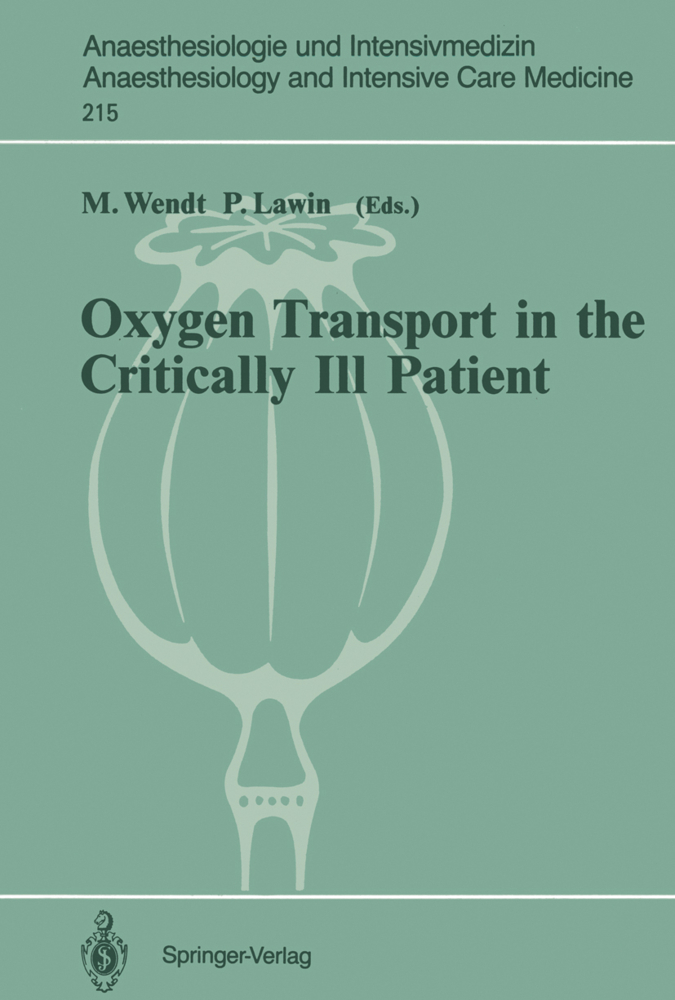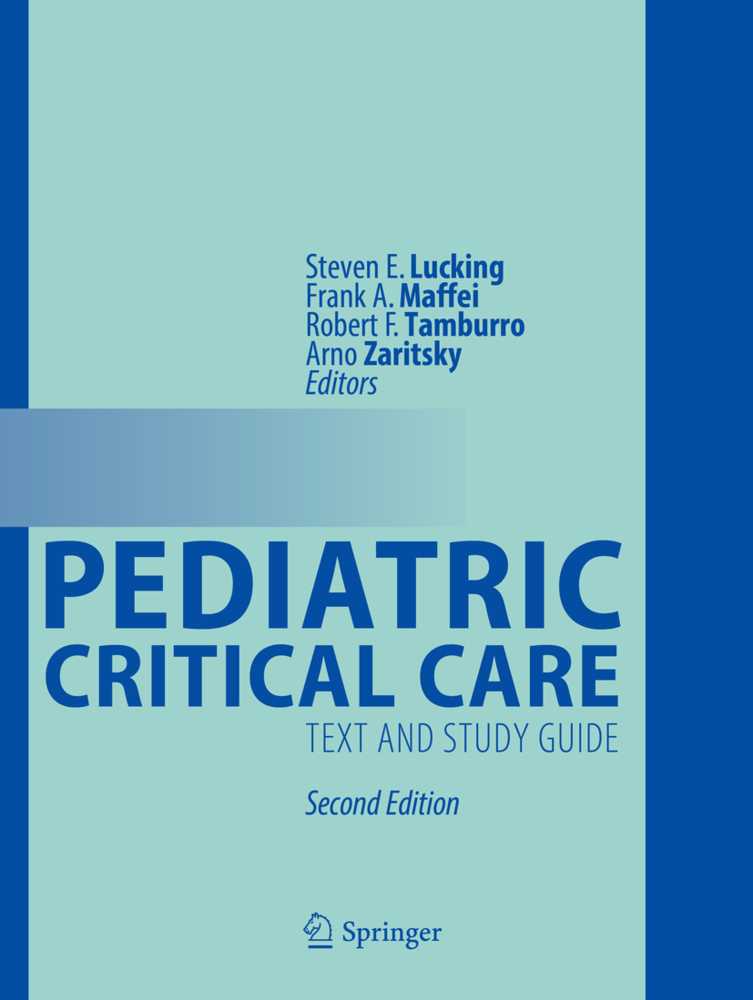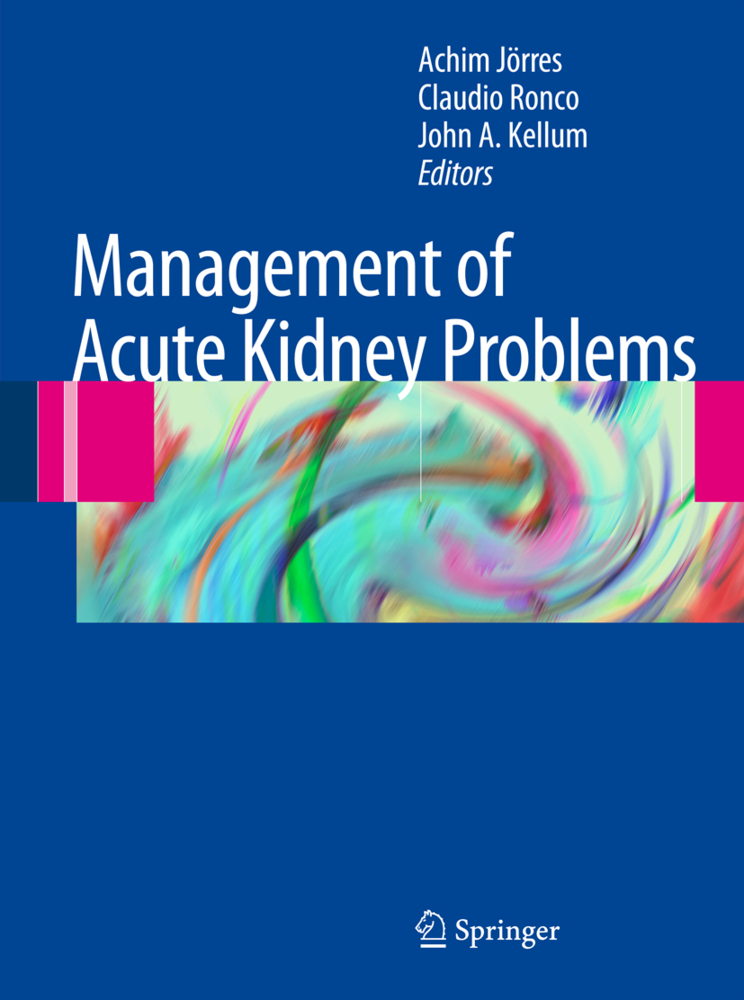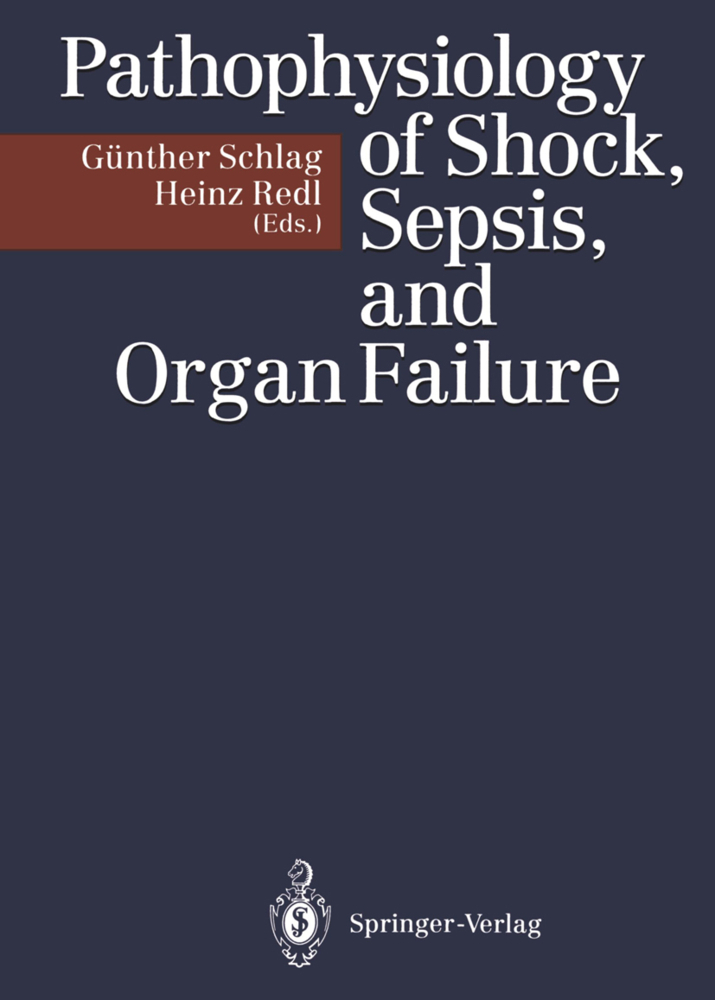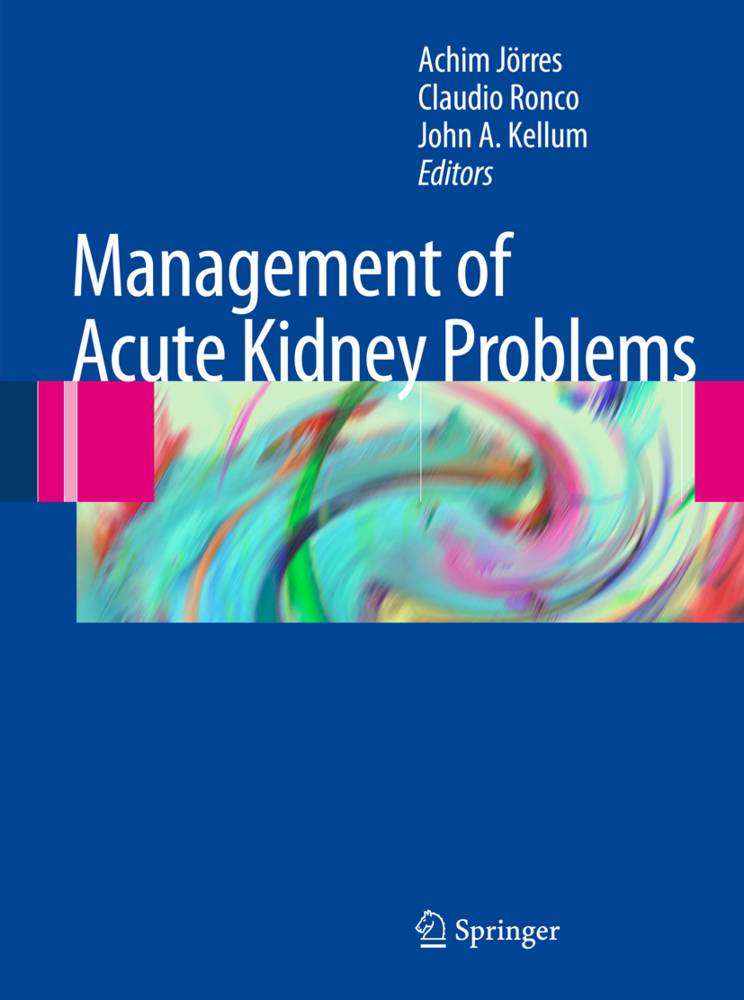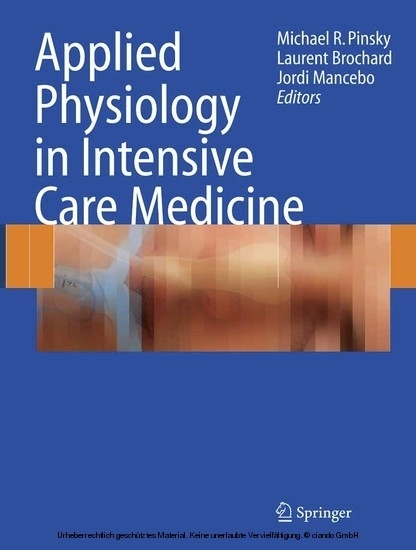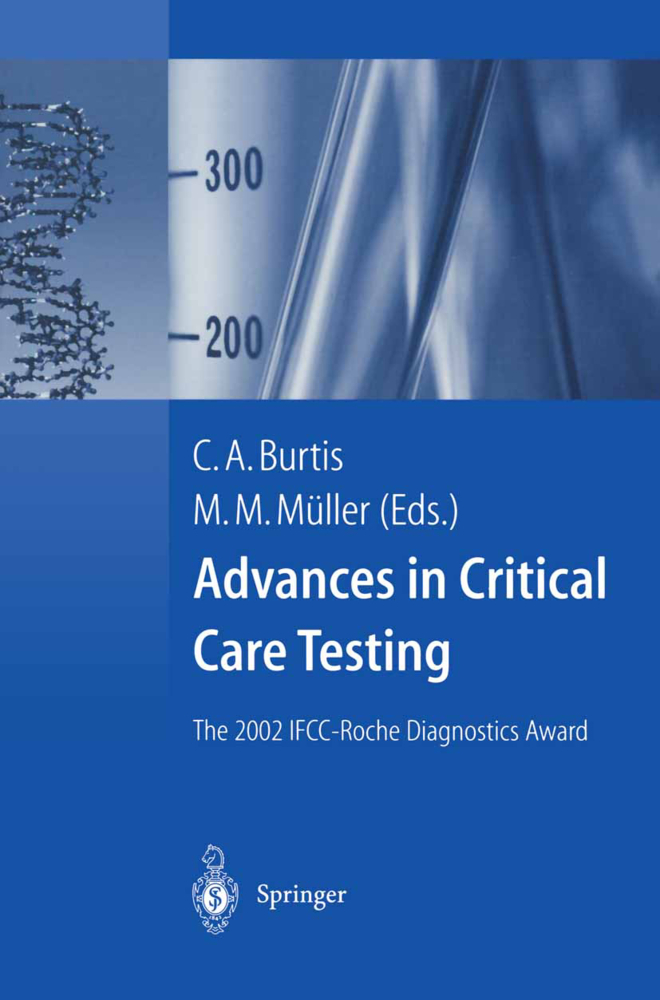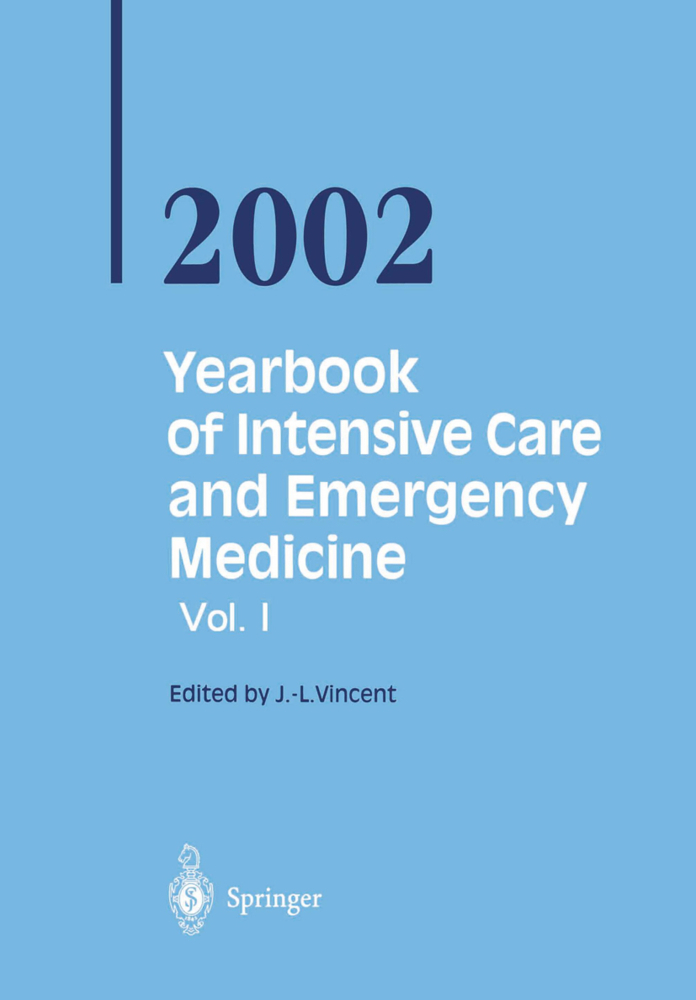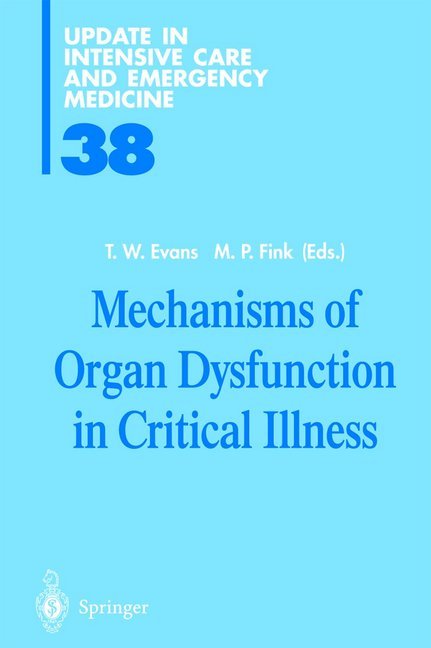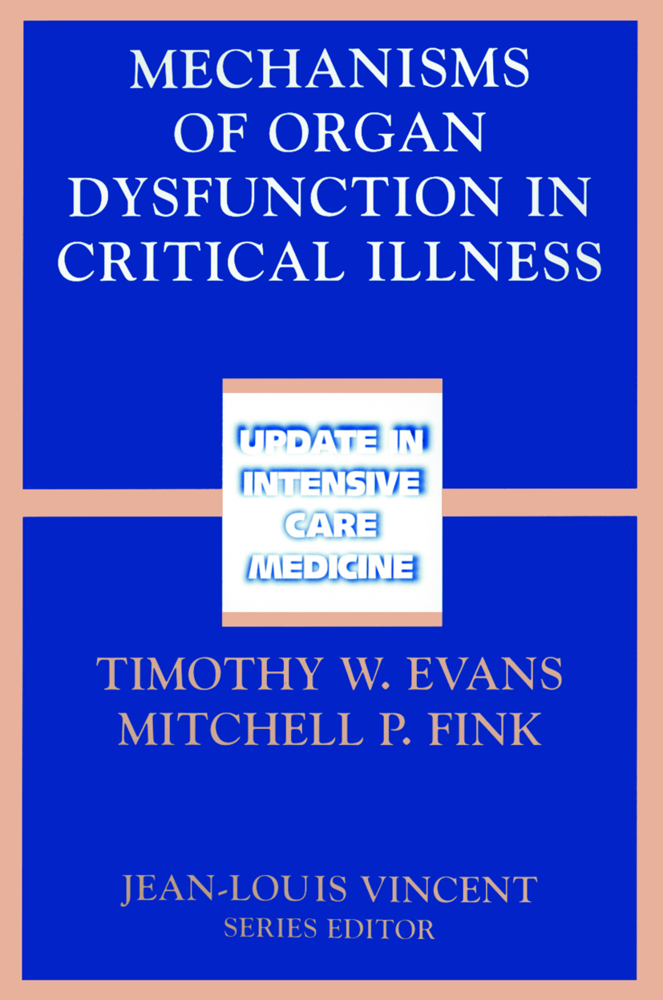Oxygen Transport in the Critically Ill Patient
Münster (FRG), 11-12 May, 1990
Oxygen Transport in the Critically Ill Patient
Münster (FRG), 11-12 May, 1990
Lacking the capacity to store oxygen, the human organism depends on having an unimpaired and continuous supply of oxygen for its survival. Life-threatening disturbances can be encountered by the clinician at any step in the oxygen cascade from ambient air to tissue metabolism. It is therefore necessary for the mechanisms of oxygen uptake, transport, distribution and diffusion into tissues as well as the unaffected cellular metabolism to be well understood and monitored. An international symposium focusing on these issues was held in Münster, FRG, May 11-12, 1990. This book contains the lectures held at the symposium, and thus provides an excellent basis for further discussion.
The Influence of Breathing Pattern and Fi02
Ventilation/Perfusion - Distribution and Diffusion Limitations
Drugs and Pulmonary Perfusion
The Effects of Anemia
Ventilatory Support and Oxygen Uptake
Influence of Artificial Ventilation and PEEP on Pulmonary Gas Exchange and Oxygen Uptake
Extracorporeal Support of Gas Exchange
Non - Conventional Ventilation
Oxygen Transport - Pathophysiology
Ventricular Pump Function and Failure
Control of Cardiac Output - Response of the Organism
Tissue Adaptation to Hypoxia
Hemoglobin and Artificial Blood
Clinical Aspects of Oxygen Transport
Multiple Systems Organ Failure
Clinical Aspects of Oxygen Transport and Tissue Oxygenation in Sepsis
Pharmacological Intervention ofthe Failing Heart
Mechanical Support of the Failing Heart
Oxygen Distribution
Distribution of Blood Flow in the Critically Ill Patient
Pharmacological Limitations of Oxygen Transport
Oxygen Transport Measured by Tissue Perfusion in High - Risk Surgical Patients
Determinants and Control Parameters of Oxygen Supply and Oxygen Consumption
Therapeutic Intervention
Catecholamines and Pulmonary Perfusion
Pharmacological Intervention to Optimize Oxygen Transport
Influence of Nutrition on Respiratory System
Monitoring of Oxygenation
New Techniques of Monitoring Arterial Oxygen Availability
Venous and Mixed-Venous Saturation
Measurement of Oxygen Uptake and Consumption.
List of Contents
Oxygen UptakeThe Influence of Breathing Pattern and Fi02
Ventilation/Perfusion - Distribution and Diffusion Limitations
Drugs and Pulmonary Perfusion
The Effects of Anemia
Ventilatory Support and Oxygen Uptake
Influence of Artificial Ventilation and PEEP on Pulmonary Gas Exchange and Oxygen Uptake
Extracorporeal Support of Gas Exchange
Non - Conventional Ventilation
Oxygen Transport - Pathophysiology
Ventricular Pump Function and Failure
Control of Cardiac Output - Response of the Organism
Tissue Adaptation to Hypoxia
Hemoglobin and Artificial Blood
Clinical Aspects of Oxygen Transport
Multiple Systems Organ Failure
Clinical Aspects of Oxygen Transport and Tissue Oxygenation in Sepsis
Pharmacological Intervention ofthe Failing Heart
Mechanical Support of the Failing Heart
Oxygen Distribution
Distribution of Blood Flow in the Critically Ill Patient
Pharmacological Limitations of Oxygen Transport
Oxygen Transport Measured by Tissue Perfusion in High - Risk Surgical Patients
Determinants and Control Parameters of Oxygen Supply and Oxygen Consumption
Therapeutic Intervention
Catecholamines and Pulmonary Perfusion
Pharmacological Intervention to Optimize Oxygen Transport
Influence of Nutrition on Respiratory System
Monitoring of Oxygenation
New Techniques of Monitoring Arterial Oxygen Availability
Venous and Mixed-Venous Saturation
Measurement of Oxygen Uptake and Consumption.
Wendt, M.
Lawin, Peter
Booke, M.
Hachenberg, T.
Schlüter, E.
| ISBN | 978-3-540-52498-4 |
|---|---|
| Artikelnummer | 9783540524984 |
| Medientyp | Buch |
| Copyrightjahr | 1990 |
| Verlag | Springer, Berlin |
| Umfang | XIV, 223 Seiten |
| Abbildungen | XIV, 223 p. 10 illus. |
| Sprache | Englisch |

